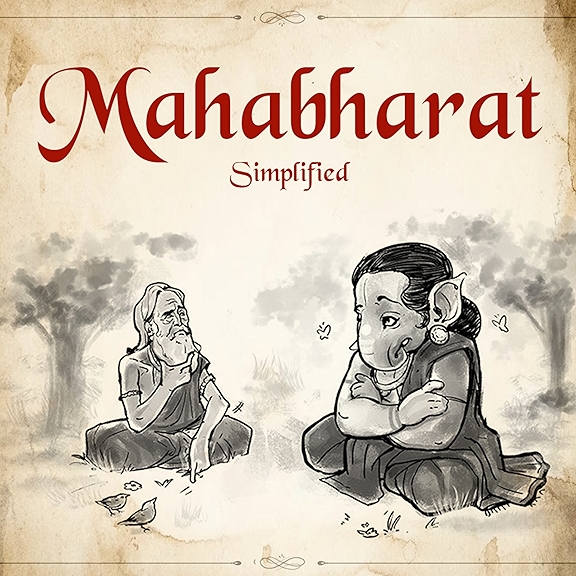
Babylonian Map of the World 0:21
Hereford Mappa Mundi 14:20
Catawba Deerskin Map 21:40
Babylonian Map of the World
What does this map have to do with unicorns, mermaids, Ikea, and Sharpies? Incredibly we weave it all in.
Babylon is the center of the universe in this map. It’s one of the oldest known maps, it’s a copy of an earlier map that has since gone missing, and it features a large circle that represents the Bitter River (ocean). We talk about cartographic symbology then vs. now. Do the triangles represent mountains? Did the Babylonians invent the Sharpie? Have you ever seen a mythological being that is a cross between a unicorn and a mermaid on a map? Might this be the first story map?
Hereford Mappa Mundi (T and O Maps in general)
Ptolemy, in and around 150 AD, as well as many other philosophers, showed the Earth was round. In the middle ages, T and O maps ignored this and showed the Earth as flat. T and O maps aren’t geographically accurate but the T shape we find on them usually represents the Mediterranean Sea and the Nile River, the O usually represents the Earth, and the three segments created by the T inside the O represent the three major known regions, with the center being Jerusalem.
The Hereford Mappa Mundi, a T and O map, is from 1300 AD and is notable for being printed on a very large vellum (animal skin). It survived bombings so it is nice that we still have it. The materials that maps are made on are important and scholars believe we’ve probably lost a lot of maps due to the ephemerality of those materials.
Catawba Deerskin Map
This is a fairly simple map that uses squares and circles, a symbology that we find interesting in that the squares represent European settlements and the circles represent Native Nations, connected with paths to show trade routes between the two. This map is what we would call a world view, meaning that it doesn't represent exact locations but rather a view of how those locations relate to one another for a specific purpose, in this case trade. The beautiful symbology on the map that denotes, for example, a hunting ground, is worthy of attention. Native Americans have a long mapping tradition and we are lucky that a few historic pieces, including this map, have survived to today.




















